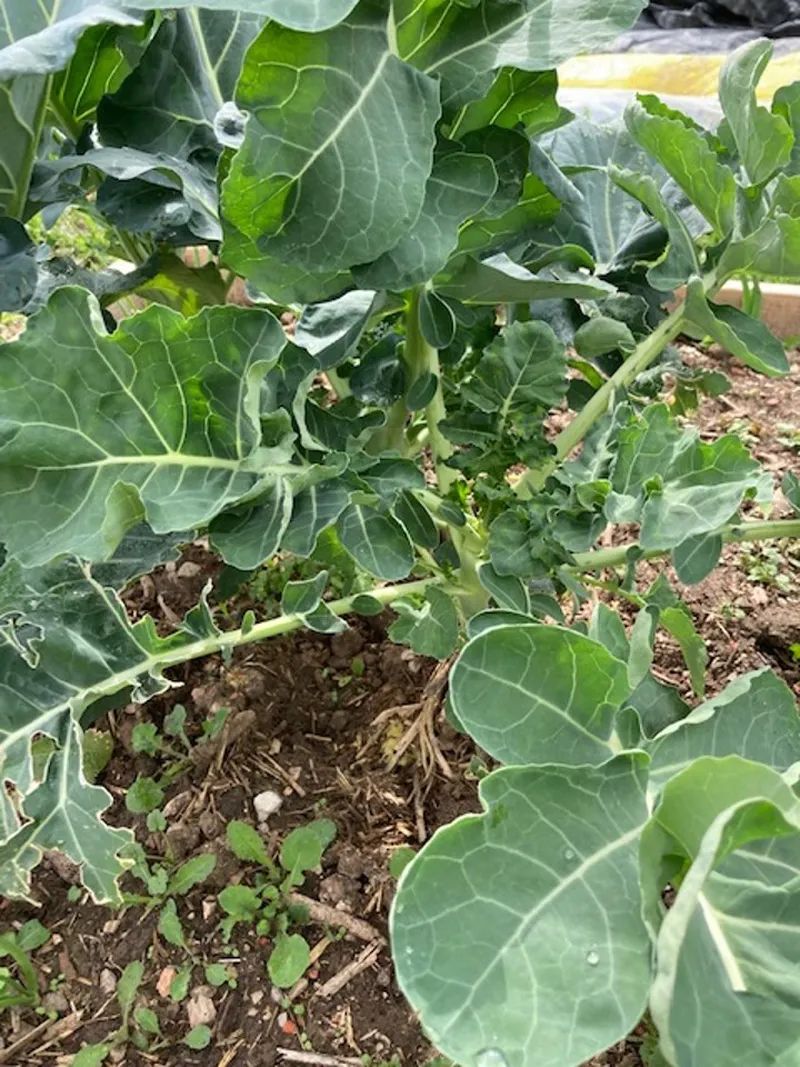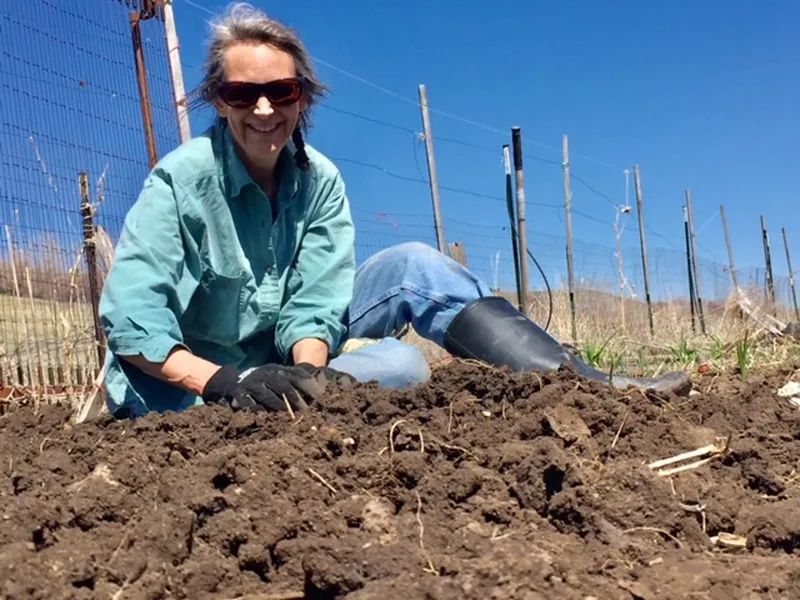
Plant Doctor
Red Lodge woman taps into natural cures for pests and problems in the garden
When the deer mowed down Karen Clayson’s lettuce a few years ago, she was understandably disappointed, but instead of starting over, she tried something new. She sprayed the plants and soil with Silicea 6X, a homeopathic dilution medicine commonly used to treat low energy and insomnia.
With a little research, Karen discovered that Silicea 6X, diluted from the mineral silica, is also effective for revitalizing plants and soils. Her lettuce came back better than ever, and she harvested her lettuce patch three times that summer.
“I just sprayed the whole thing,” Karen says. “I wasn’t sure what I was doing, but it worked, and it got me going down this whole road of agrohomeopathy.”
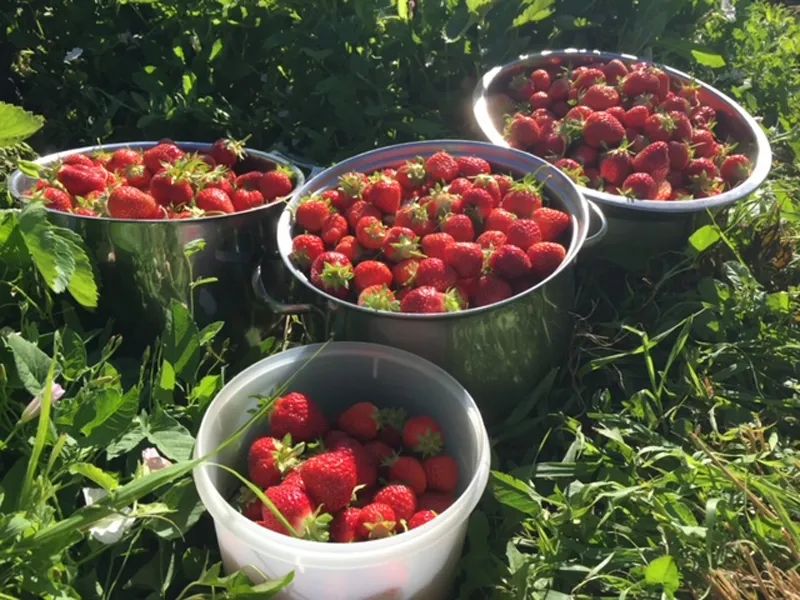
Agrohomeopathy is the use of homeopathic remedies on plants, and since her first discovery Karen has found many uses in her garden for what was already in her medicine cabinet.
“I’ve been using homeopathy for my own medicine for 30 years, and three years ago realized that agrohomeopathy can be just as effective for plants and animals,” she says.
In addition to her raised beds in Red Lodge, Karen also gardens alongside her daughter in the Clark’s Fork Valley. When grasshoppers were leveling gardens everywhere last summer, Karen applied Thuja Occidentalis 6c, a dilution of arborvitae. The grasshoppers left the garden alone even when the field next to it was full of grasshoppers. Holy Basil is another a remedy that’s produced good results for repelling grasshoppers, Karen says.
Agrohomeopathy strengthens the plant, helping it resist pests and diseases, and it can enrich the soil. It is all-natural, chemical-free, non-toxic, and won’t pollute air or streams. It’s also inexpensive. Most of the concoctions Karen uses are available at Natural Grocers and online for less that $20.
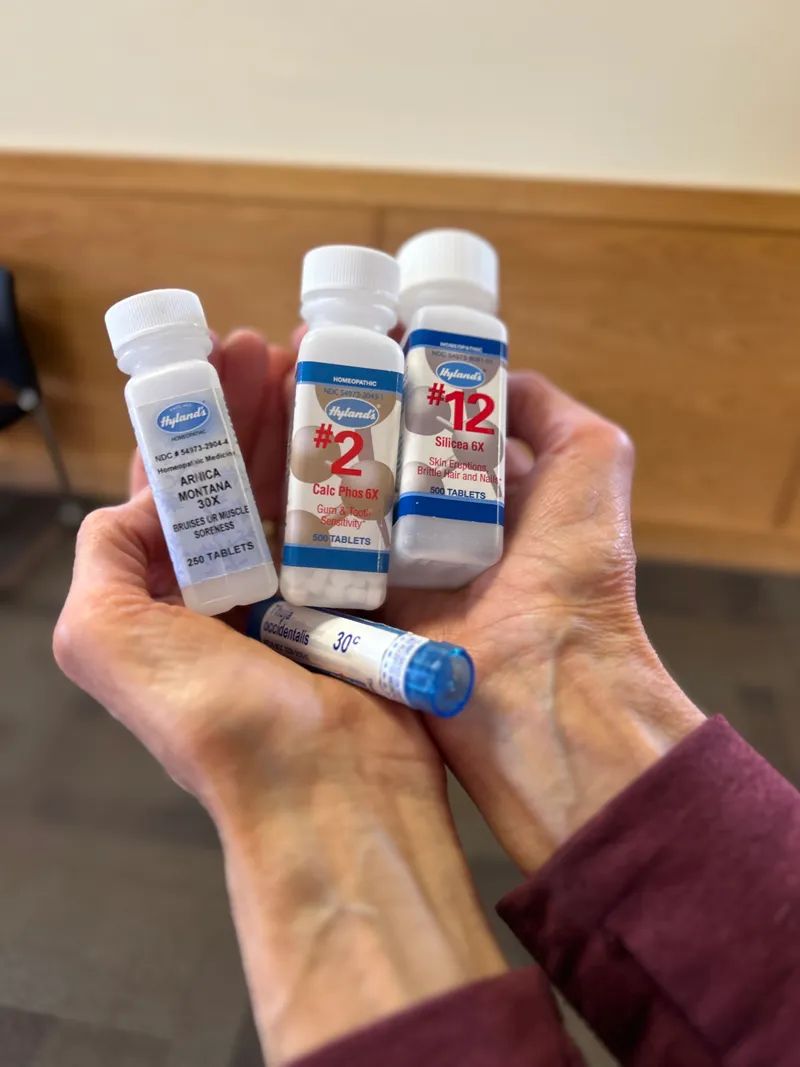
Homeopathic medicines are created by diluting a mineral, plant or other organism, sometimes hundreds of times. How it is diluted creates potency. The rule of thumb is “like cures like,” so when slugs showed up on the strawberries, Karen reached for Helix Tosta 6c, which is made from a dilution of pulverized snail shells.
Silicea 6X helps make nutrients in the soil available to plants. It is applied to all the plants in the garden in the spring to fortify them for the growing season, Karen says.
Karen also sprays Silicea 6X on a meadow where her daughter raises chickens. Silicea 6X is safe for the birds and makes the grass grow thicker. When the chickens got heatstroke last summer, Karen added a dilution of belladonna to their water and put a garden sprinkler on them. The birds quickly recovered.
“There’s no double-blind study going on here, but it worked,” Karen says.
However, that’s not to say that there isn’t research being done in agrohomeopathy. The practices that Karen is using are being studied in Europe on large-scale farms.
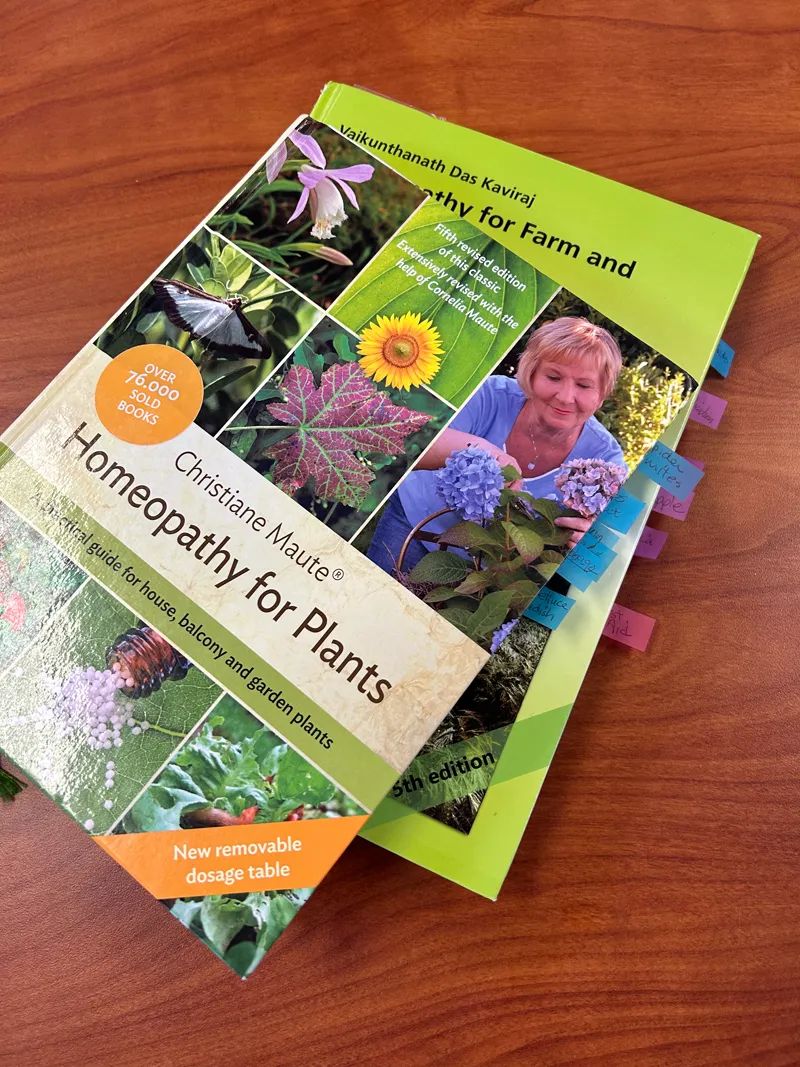
Karen relies on a couple of books that provide agrohomeopathy remedies for almost every disease and pest that a home gardener or farmer could encounter. At the back of the book is a reparatory, or glossary, that offers a quick reference for treatment of plant pests and diseases. Coccinella (made from ground beetle shells) repels aphids. Arnica Montana (made from an alpine wildflower) can be used for frost-damaged plants, and the list goes on. Some blights and infestations have multiple options for treatment. Silicea 6X is a staple.
“I’m a novice at this,” Karen says. “Everything is an experiment, really.”
All the agrohomeopathic remedies are applied by dissolving the remedy – it’s on tiny pellets – in water and spraying it on the plants. The solution is absorbed through the leaves and stems. Because it’s nontoxic and inexpensive, it’s tempting to use more than needed, but Karen has discovered that more isn’t necessary, nor is it better.
“Everything gets Silicea 6X only once in the spring,” Karen says. “Other than that, you treat when you see symptoms.”
Earlier this spring, Karen was visiting with her brother in Ohio, and he told her that all the apple trees in his orchard were not holding fruit until harvest. Karen advised — you guessed it — Silicea 6X. Her brother applied it on the trunks of the trees.
What’s next? Karen says, “We will see what happens!”
